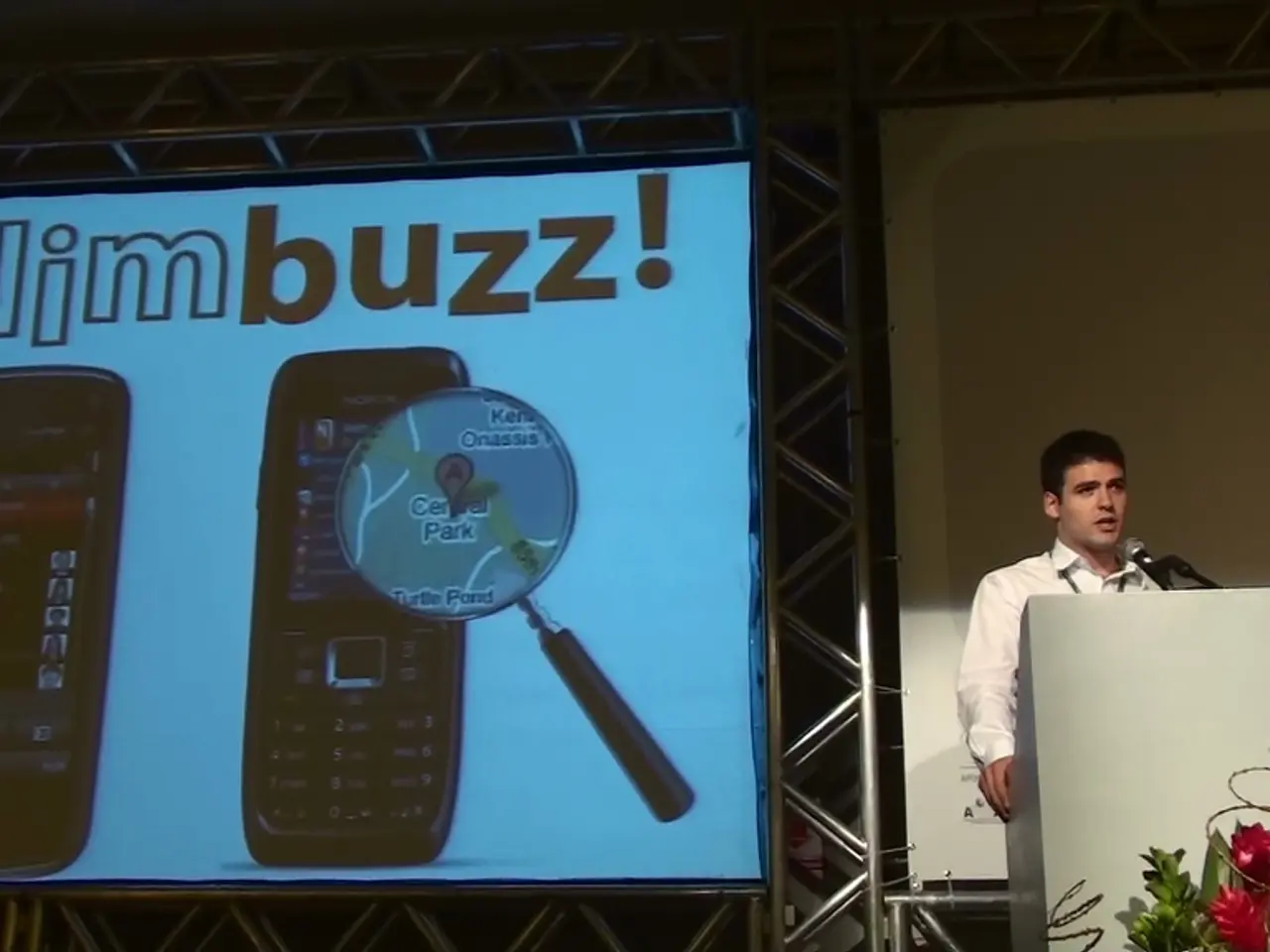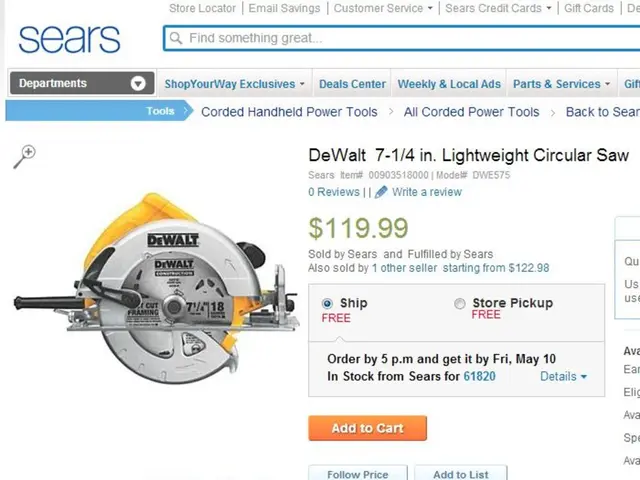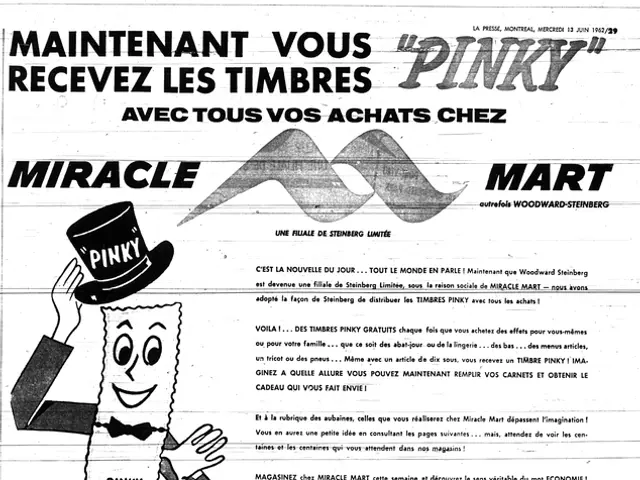Devising an Engaging Presentation Structure: Steps and Advice
A well-structured presentation outline is the foundation of any successful presentation. Here's a step-by-step guide on how to create one:
- Define your purpose and core message: Clearly outline what you want to achieve and identify a compelling central idea or takeaway for your audience.
- Understand your audience: Consider their knowledge level, interests, and what they need to learn or do after your presentation.
- Map out major sections:
- Opening: Grab attention and introduce your core message.
- Body: Present 3 to 5 key points supporting your message.
- Closing: Reinforce your message and include a call to action or conclusion.
- Choose the right structure and format: Depending on your topic and style, use formal outlines (alphanumeric or decimal) or informal outlines (bulleted lists or mind maps). Ensure clear hierarchy through indentation or numbering for easy readability.
- Add supporting details: Under each key point, include evidence, examples, facts, or arguments to back up your main ideas. Tailor the support depending on the presentation type.
- Check for logical flow and coherence: Ensure the sections connect smoothly and the progression feels natural. Common structures include chronological order, problem-solution, or compare and contrast.
- Refine and revise: Treat your outline as a living document—reorder, add, or trim points as your understanding deepens and as you prepare your full presentation.
Additional tips: - Keep the outline focused and simple to avoid overwhelming your audience. - Your opening is crucial: use stories, surprising facts, questions, or bold statements to engage listeners immediately.
By following this approach, you'll ensure clarity, engagement, and effective communication in your presentation.
To create a presentation outline using a platform, you typically log in or sign up, define the purpose of the presentation, choose a presentation template, structure the outline, add visual elements, fine-tune the outline, save and export the outline, and share it with team members for feedback.
The FAQs also mention that a presentation outline can be adapted for different audiences by tailoring content's depth, complexity, and relevance. It can be divided into three main sections: introduction, body, and conclusion. A mind map can be an effective tool for creating a presentation outline. Best practices for timing and flow include practicing the presentation several times to perfect timing, keeping the content concise, maintaining a steady pace, and ensuring one doesn't spend too much or too little time on any one section.
For the topic 'How to Measure AI's Impact on Business Outcomes', the presentation outline might include sections on introduction, defining the objective, overview of presentation flow, body, and conclusion. The platform offers a presentation maker tool suitable for users with or without design skills.
A clear presentation outline helps organize ideas, deliver messages with impact, keep audience engaged, and put the spotlight on essential information. High-quality images and graphics should be added to content for enhancement. Using polls or a short quiz can help gauge audience understanding on a topic.
Finally, a presentation outline is important for clarity, focus, logical structure, enhanced delivery and confidence, and time management. Contrasting background and text colours can improve readability. Adding gifs or short videos can aid understanding. The presentation outline template provided offers a wide range of options for editing to suit individual presentation styles, audience, and organization styles.
Incorporating various topics into a well-structured presentation, a lifestyle presentation might outline the benefits of upgrading home-and-garden technology, while a presentation focusing on education-and-self-development could discuss techniques for utilizing technology to further personal growth. For example, the lifestyle presentation's structure could include an opening that highlights the transformative impact of smart home technology, a body with sections detailing individual smart home solutions, such as energy efficiency devices, smart security systems, and home automation, and a closing that emphasizes the positive lifestyle changes garnered from incorporating these technologies. The education-and-self-development presentation, on the other hand, could open with a compelling statement about the potential of technology for self-improvement, delve into body sections discussing various tech-driven learning platforms, online courses, and self-help apps, and close with a call to action encouraging audience members to embrace the future of education-and-self-development.







